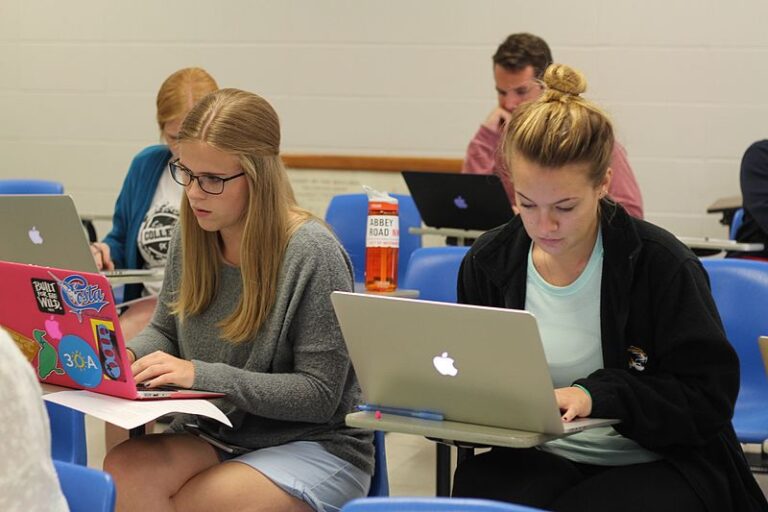The value of inclusive education is evident not only for students with disabilities but also for those without. This concept of integration, while seemingly modern, traces back to ancient civilizations, emphasizing that every individual, regardless of their abilities, deserves an equal opportunity in education. Today, as societies around the globe are recognizing the importance of inclusivity, the advantages of such an approach are becoming more pronounced.
Benefits for Students With Disabilities
- Building Bonds: Within an inclusive setting, students with disabilities often form deep and lasting friendships. The traditional classroom barrier that once separated them from their peers no longer exists, paving the way for organic interactions.
- Social Growth: Inclusivity means more social engagements. It allows these students to create wider relationships and networks, challenging the stereotype that they are isolated or limited in their social capacities.
- Learning from Peers: Their classmates serve as role models for both academic and behavioral norms. By observing and interacting with them, students with disabilities often learn faster and more effectively.
- Achieving More: Inclusion has shown a direct correlation with the success rate in fulfilling IEP objectives. Tailored plans within a regular classroom setting ensure that no child is left behind.
- Broadened Curriculum Access: They gain a more comprehensive exposure to the mainstream curriculum, challenging them to push their boundaries and discover new areas of interest.
- Skills Enhancement: With inclusive education, students not only learn skills but also apply them effectively. It bridges the gap between theoretical knowledge and practical application.
- Future Inclusion: Exposure to a diversified environment from a young age increases their chances of being integrated into various environments in the future.
- Interaction Opportunities: They experience more chances to engage with their peers, leading to a more holistic development.
- Rising Standards: Teachers and educators set higher expectations, believing in their potential to reach the same milestones as their peers.
- Collaborative Environment: Teachers and school staff tend to cooperate more for their benefit. The spirit of collaboration often spills over, creating a more harmonious school environment.
- Engaged Parents: Active parental involvement is crucial for the success of inclusive education. Parents of students with disabilities become more actively involved, advocating for their child’s rights and ensuring their needs are met.
- Community Integration: Their families, too, feel more connected and accepted within the community. Inclusion in schools often leads to more inclusive neighborhoods and societies.
Benefits for Students Without Disabilities
- Genuine Friendships: They form meaningful and empathetic bonds with diverse peers. Such friendships teach them valuable lessons in understanding, patience, and empathy.
- Embracing Differences: Exposure to peers of various abilities heightens their appreciation and understanding of individuality. It challenges preconceived notions and broadens their worldview.
- Cultural Enrichment: An inclusive classroom is often a melting pot of cultures, abilities, and backgrounds. Students without disabilities get an enriched perspective on life.
- Life Preparedness: Inclusivity prepares them for adult life in a society where they’ll encounter people from all walks of life. It equips them with the skills to navigate diverse environments effectively.
- Mutual Learning: Often, they get opportunities to master activities by practicing and teaching others, solidifying their understanding.
- Academic Excellence: With varied perspectives contributing to classroom discussions, the depth of understanding and critical thinking skills are enhanced, leading to better academic outcomes.
- Resource Availability: Inclusive classrooms often have better resources to cater to the varied needs of students, ensuring everyone benefits from these tools.
To wrap up
In conclusion, inclusive education isn’t just a buzzword; it’s a philosophy that can transform societies. By embracing differences and focusing on individual strengths, educators can create an environment where every student, irrespective of their abilities, can thrive. The ripple effect of such an approach can be felt not just in classrooms, but in communities and, eventually, in societies at large. Indeed, the power of inclusivity extends far beyond academic contexts. It fosters a culture of acceptance, understanding, and unity. As students graduate, they carry these values into workplaces, homes, and communities, shaping a future where diversity is celebrated, not shunned. This transformative power of inclusive education is not just about changing individual lives, but also about molding a more compassionate, understanding, and cohesive world.

















+ There are no comments
Add yours